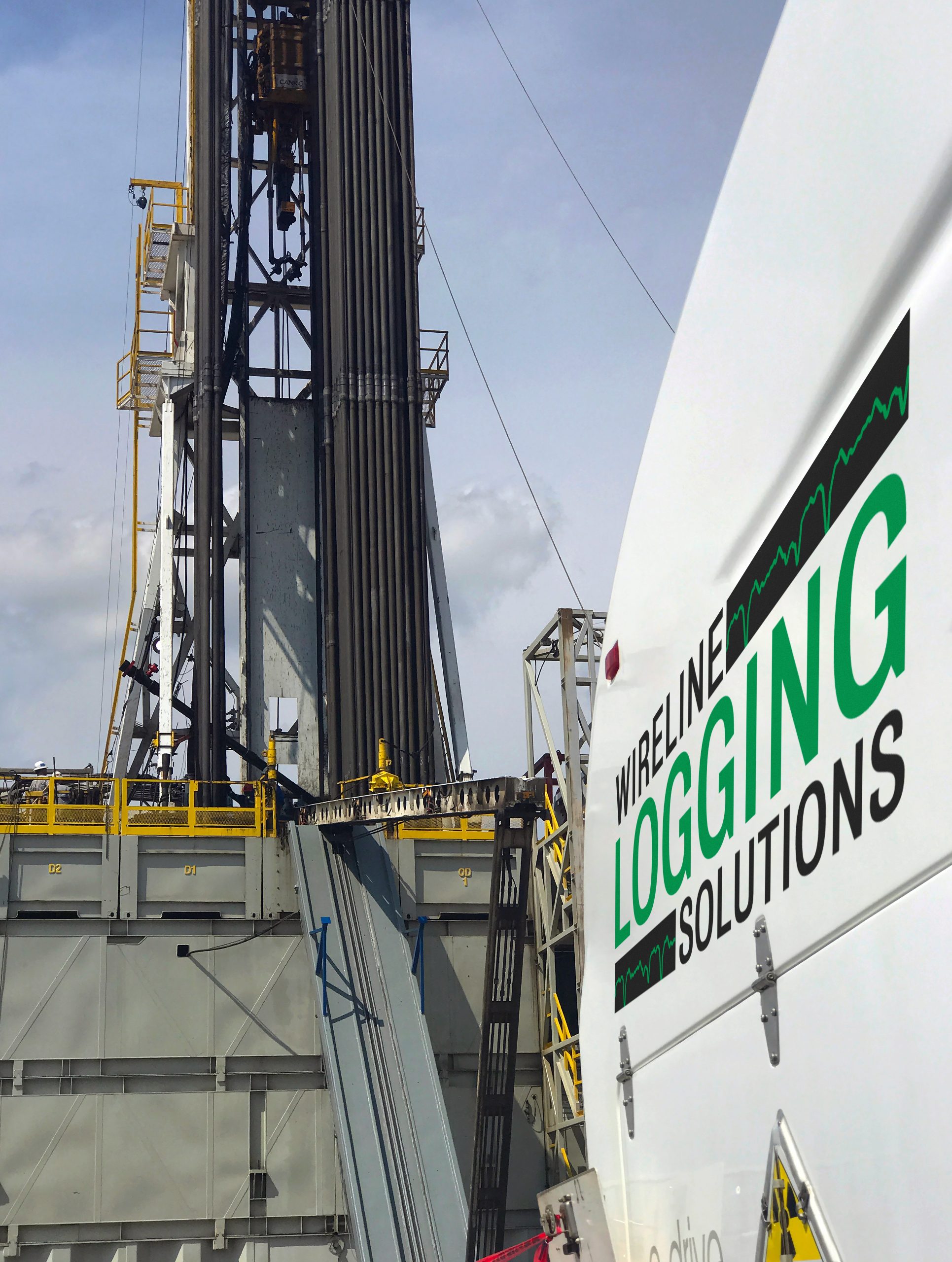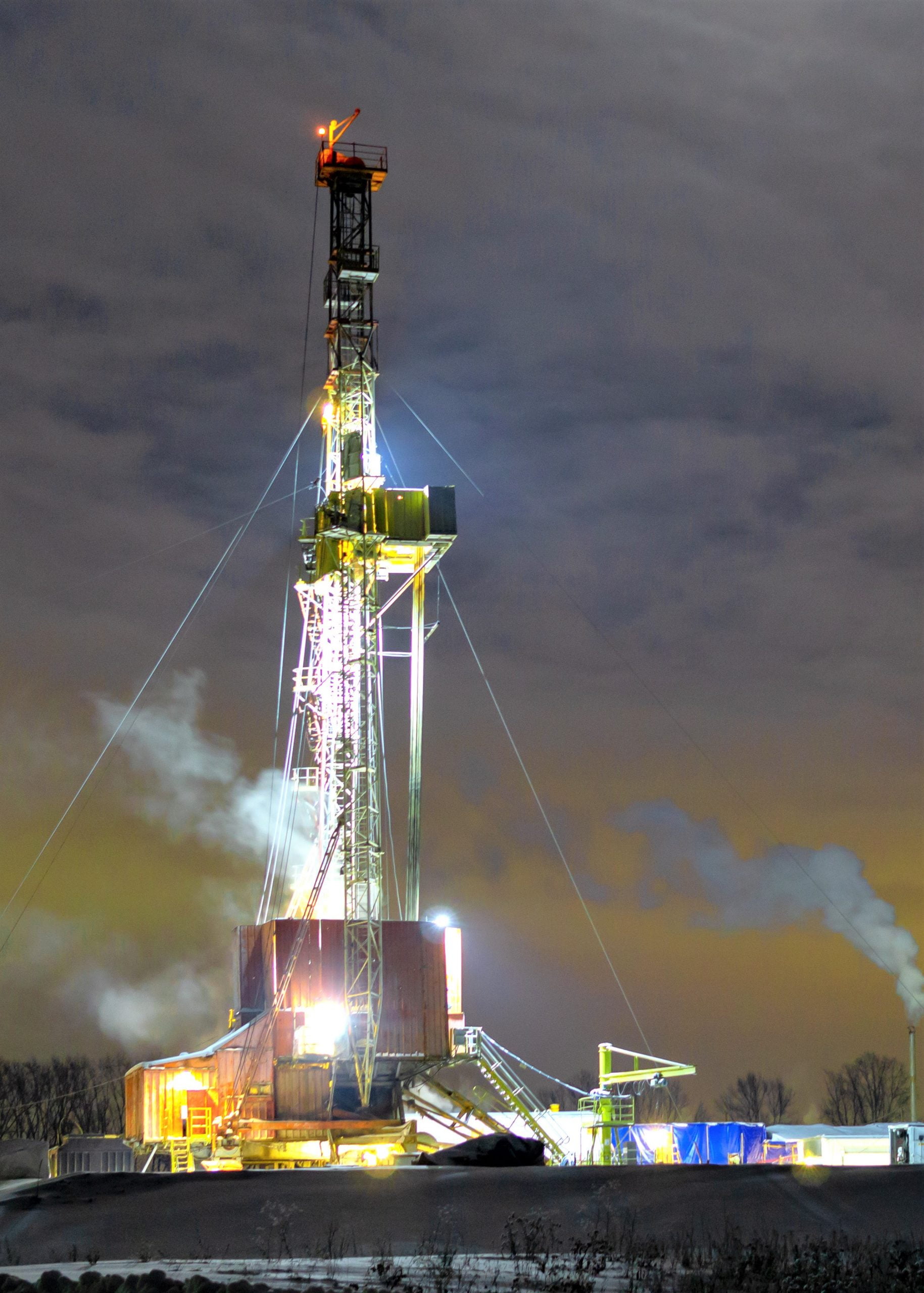Compact™ Logging Services
Optimize Reservoir Performance
Wireline Logging Solutions offers a comprehensive portfolio of open-hole wireline technologies, along with expert logging interpretation, to help guide your drilling, completion, stimulation, and production decisions for maximum recovery of reserves.
Petrophysical Services - Characterize Rock and Fluid Properties
With direct or interpreted petrophysical characterization that includes resistivity, nuclear density, and nuclear porosity data, we can help you to assess formation properties, bed thickness, lithologies, porosity, fluid type, as well as water and hydrocarbon saturation.
Compact™ Array Induction Tool
The Compact array induction (MAI) tool acquires and records data that determines true Rt in open-hole environments. The MAI tool provides raw data from multiple subarrays, which are integrated vertically and radially with environment-dependent processing to produce five depths of investigation over a broad range of borehole environments.
Compact™ Dual Laterolog (MDL) Tool
The Compact dual laterolog (MDL) tool is the resistivity tool of choice in wells drilled in high-contrast, true formation resistivities (Rt) / mud resistivities (Rm) environments. The MDL tool provides individually optimized deep- and shallow penetration curves that share a common 2-ft (0.6-m) vertical resolution. Optimized-electrode geometry and digital-measurement sequence control give the tool excellent environmental performance over a wide range of Rm and hole sizes and virtually eliminate electrode-polarization effects.
Compact™ Cross-Dipole Sonic (CXD)
The Compact Dual Neutron (MDN) tool provides a borehole compensated porosity measurement. With a complete set of environmental corrections applied automatically during data acquisition, the MDN tool is fully characterized for air- and mud-filled environments in both open- and cased-hole wells.
Compact™ Gamma Ray Tool
The Compact gamma ray (MCG) tool combines gamma ray, temperature, and casing-collar locator (CCL) logs with power conversion and surface communications for all other measurements in a Compact tool string. It is always the top tool in the string. The auxiliary gamma sub (MGS) is shorter and can be placed anywhere in the string to record gamma ray and temperature close to the bottom of the well.
Compact™ Microresistivity Tool
The Compact Microresistivty (MMR/MML) tool, equipped with either a microlog (MML) pad or a microlaterolog (MMR) pad, provides resistivity measurements with high vertical resolution and shallow penetration. The MML pad provides micronormal and microinverse curves, which are sensitive to mudcake thickness and provide an important permeability indicator. The MMR measurement is made with a focused-current beam that penetrates mudcake, making it sensitive to the invaded zone. This measurement is used to correct the deep-penetration curve from the Compact Dual Laterolog (MDL) tool and to detect moveable fluids when used in calculating the flushed-zone saturation (SXO).
Compact™ Photodensity Tool
The Compact Photodensity (MPD) tool provides bulk density, caliper, and photoelectric (Pe) measurements that determine porosity and lithology in conventional and slim wells. The unique profile of the tool enables it to pass through as small as 2.5 in. (5.7 mm).
Compact™ Sonic Sonde (MSS)
The Compact Sonic Sonde (MSS) measures formation compressional slowness (inverse velocity) at five spacings with 1- and 2-ft (0 30- and 0 61-m) vertical resolution. In cement bond log (CBL)/variable density log (VDL) mode, the MSS tool records a waveform (normally from the 5-ft [1 52-m] receiver) and up to four first-arrival amplitude logs. The ratio of two amplitude curves defines an attenuation log that is sensitive to cement bond quality.
Spectral Gamma Ray Tool
The Spectral Gamma Ray (SGR) tool provides superior clay type and volume analysis by measuring gamma ray energy from the naturally occurring radioactive elements potassium, uranium and thorium.


Acoustic Logging Services - Detect Variations in Rock Properties
The Compact cross-dipole sonic (CXD) tool combines monopole and cross-dipole sonic technology, providing acoustic data for a wide variety of geophysical, petrophysical, and geomechanical applications. The data obtained by the CXD tool assists in improving reservoir characterization and ultimately maximizes well and reservoir productivity.
The CXD incorporates three high-powered transmitters—one monopole and two wideband, low-frequency, dipole transmitters perpendicular to each other. The receiver section has an array of eight receiver stations. Each receiver station consists of four gain-matched, piezoelectric hydrophones that are aligned with the dipole transmitters. Ninety-six, high-fidelity, wideband waveforms are recorded, ensuring excellent quality control.
Geological Services - Update your geological models with high-resolution logs
The Compact microimager (CMI) provides formation images in water based muds for dip and fracture detection, sedimentary structure characterization, thin-bed evaluation, facies analysis, and orientated resistivity and dipmeter computation. The excellent borehole coverage and high-resolution imaging capabilities of this tool enable enhanced reservoir characterization for informed reservoir decisions.
The CMI consists of a memory section (MIM) and a measurement section (MIE). High-resolution, time-based data are recorded into memory while 3.937-in. (10-cm) depth-based data is transmitted to surface. This tool can be run in multiple configurations to suit your needs including two different pad sizes, without pads as a multifinger caliper tool, or without a MIM as a standalone borehole geometry tool.


Fluid Characterization and Sampling - Acquire representative fluid samples and precise PVT data
The Compact Formation Pressure Tester (MFT) measures formation fluid pressures for use in determining permeability and fluid contacts. The tool contains a high-accuracy, quartz pressure gauge and a high-precision strain gauge.
The unique design of the MFT automatically centers the tool body to give optimal pad application for reliable seals and reduced risk of differential sticking, yet the design enables the tool to pass restrictions smaller than 3 in. and to operate in wells up to 14 in. in diameter.
CompactTM is the property of Weatherford and may be registered in the United States and/or other countries, and may be protected by
one or more U.S. and/or foreign patents.
